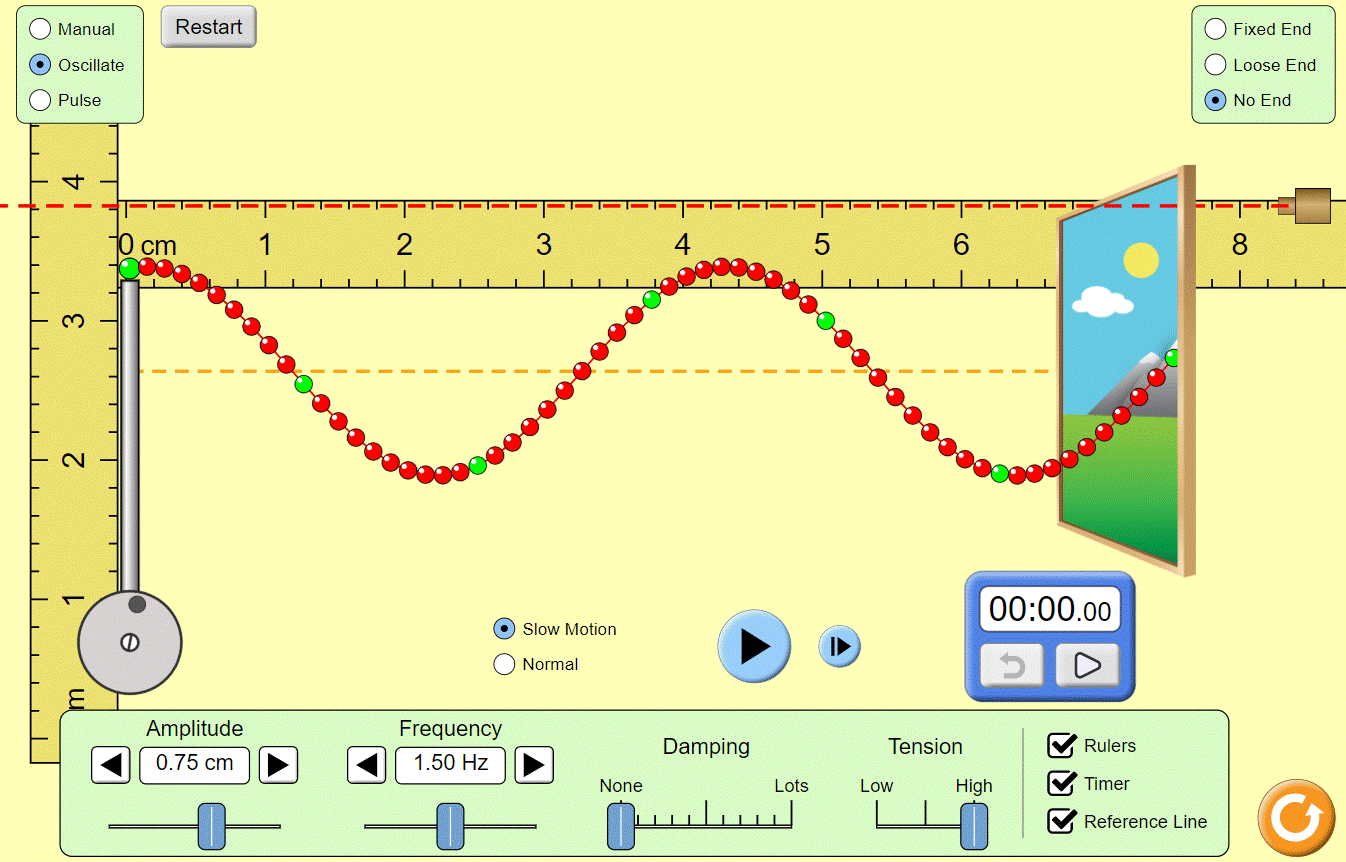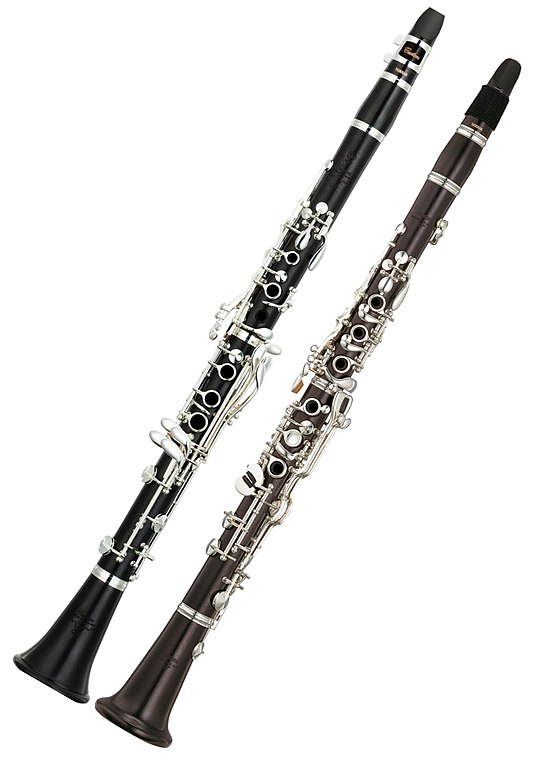In this activity, you will use a PhET simulation to observe wave interactions and develop the wave speed equation. You can use the simulation below, or if that doesn’t work well, you can find it directly here.
1/24 PotU: Waves review
Quiz on Monday. Today we will review, including a Kahoot group quiz.



The ukulele has two thick strings in the middle, and outside strings are thinner. 




1/23-24 PotU Sound waves: The Doppler effect and harmonics/harmony
Thursday: The Doppler effect
Warm up
Copy and complete the following sentence by entering one word: Water waves travel in the shape of a ______, sound and light waves travel in the shape of a _______.
Some notes you should have
- Sound is a longitudinal (also called compression or pressure) wave.
- In a wave diagram, the lines represent crests (areas of high pressure).
- Sound is created by repeated changes in pressure.
- Sound is really another way energy is stored (in the high pressure areas where more energy is stored in the kinetic energy of the particles.
- Sound is called simple harmonic motion (more about that when we discuss harmony).
- While we usually draw sound waves as expanding circles, the sound actually travels as spheres.
- Doppler effect:
- The sound wave doesn’t actually change, it is just the wavelength people hear that changes.
- Long waves = low notes; Short waves = high notes.
- The equation that relates wavelength, frequency, and speed is:
Velocity = frequency * wavelength
- Frequency and wavelength have an inverse relationship.
- Speed of sound is called Mach 1, fastest jet fighter is about Mach 3.
- Speed of sound is about 750 MPH (343 meters per second).
- Speed of sound changes with temperature: Hotter = higher speed.
- “Ultimate Doppler effect” is Mach 1, the speed of sound.
- At this point, each wave “piles up” on the wave crest before it, creating a sonic boom with very high sound energy.
- Some airplane speeds:
- Typical passenger jet: Between 0.5-0.7
- The Concorde, the first ‘super-sonic’ (faster than sound) was developed in the 1980’s to lessen airplane travel time. They flew at about Mach 2.
- Jet fighters can fly around Mach 3.
Sonic booms
When an object moves faster than the speed of sound, the air pressure ‘piles up’ and creates a very large boom.
Exit ticket
Copy and complete the following sentences by selecting one of the bold words: In the Doppler effect, we detect waves from a source moving towards us as higher/lower pitch, because their wavelengths are shortened/lengthened.
Friday: Standing waves and harmonics
Warm up
Copy and complete the following sentences by selecting one of the bold words: In a sonic boom, “the ultimate Doppler effect,” we the loud boom is created because high/low sound pressure builds up at the front of the jet, and the jet is moving faster/slower than the speed of sound.
1/21-22: PotU Modeling waves with online simulation
Resources for today and tomorrow
- PhET Waves Intro simulation (also visible at the bottom of this page).
- Waves activity packet (all in PDF format)
Tuesday, Jan 21
- Complete Part 1 of the packet and turn in before you leave.
Wednesday, Jan 22
- Complete Part 2, and work on Part 3
- Part 2 is due today.
- Part 3 is due by Friday.
If you do not finish any worksheets in the packet, be sure to turn them all in by Friday.
Here’s the simulation if you want to run it directly from this site.
01/17 PotU: Sound, energy, and music
Warm up
Copy and complete the following sentence by selecting one of the bold words:
In musical instruments, low notes are created by making the string or tube longer or shorter, or by making it thicker or thinner.
Today’s videos
What is sound?
How does sound travel
Highlights from videos
What is sound
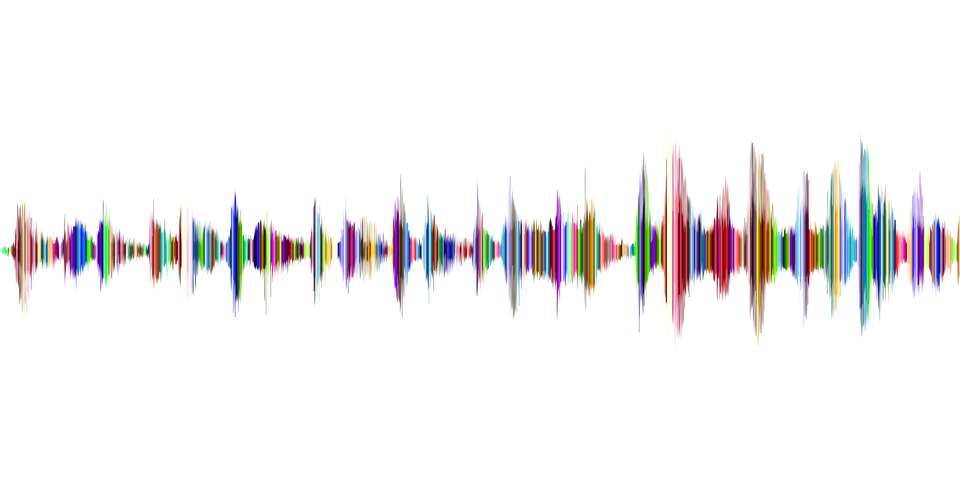

- Compression: Areas where atoms/molecules are squeezed closer together (have more elastic energy).
- Rarefaction: Areas where molecules are spread apart (have less elastic energy).
- Hz (short for Hertz, like the rental car company) is a measure of the frequency: 1 cycle every second = 1 Hz. An example in sound: 440 Hz is the note “A.”
- The medium is the substance the waves travel through. The medium moves only a short distance; it’s the energy that moves the entire distance from the source of the wave to whatever receives that energy (e.g. from a speaker to your ear).
How does sound travel
This video starts with a thought experiment. Thought experiments are experiments we can’t actually do, but by thinking about that situation, it helps us to understand. By looking at a super-long bar of metal, we can ‘slow down’ sound.
- Wave motion can be thought of as a chain reaction of one portion moving the portion next to it.
- Sound waves are particles bouncing into each other
- Particles only travel a short distance
- Speed of sound depends on the material the medium is made up of.
- Sound waves are not objects, they are the movement of energy.
01/16 PotU: Sound energy
Notes from today
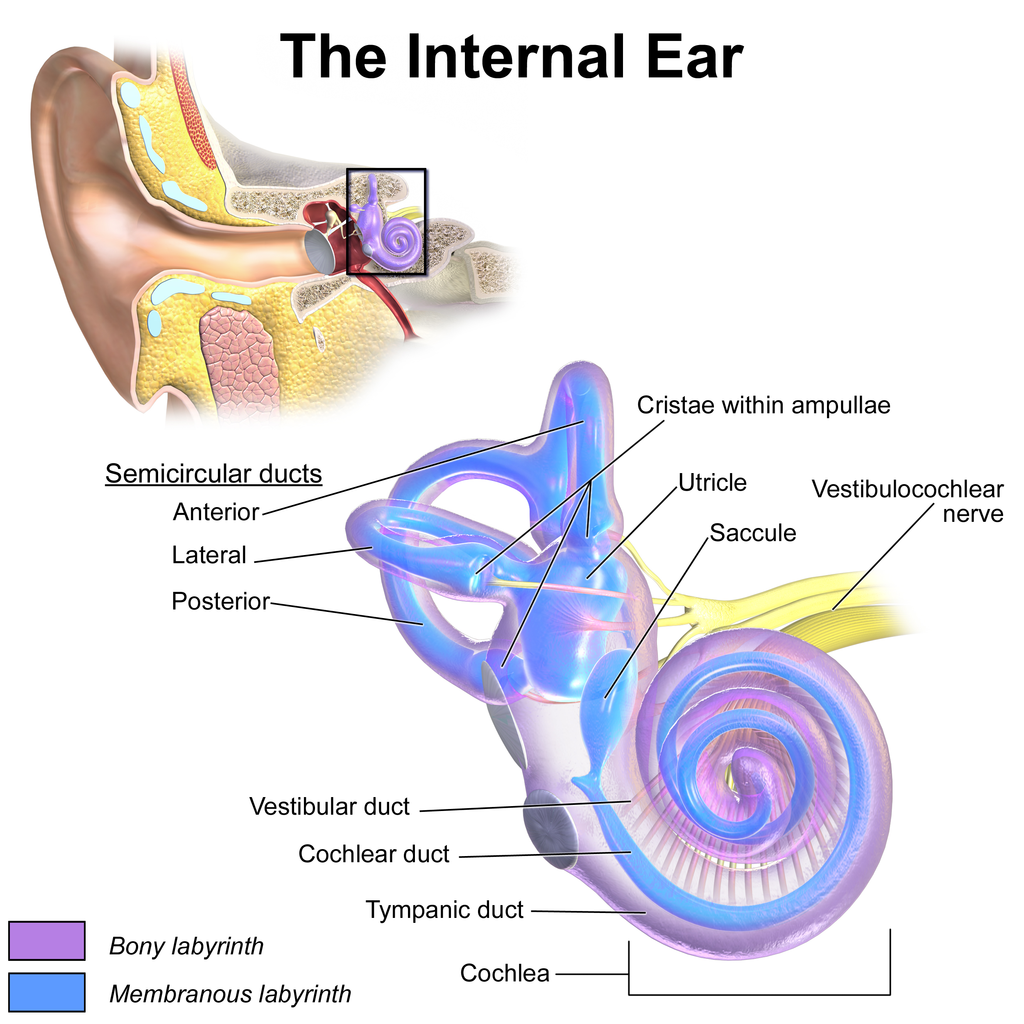
- Metronome: A device that keeps the rhythm; aka the “beat”
- The shorter something is, the faster it vibrates.
- We had a demonstration of the vibrating bar from the fall final; the shorter the bar was, the faster it vibrated.
- Both string and wind instruments depend on lengthening or shortening the material that the sound is produced by to create different notes.
- In some cases, the string is thicker (lower notes) or thinner (lower notes).
- Our ears have hearing nerves: The long ones detect low notes, and the short ones high notes.
- As we get older, our short cells tend to die off more than our long ones, so kids and teenagers can often hear sounds that adults can’t
- A dog whistle is similar: The frequency is so high that people can’t hear it, but dogs can.
Sound is the rhythmic motion of air particles. So, similar to thermal energy, it is a type of kinetic energy.
Humans are said to be able to hear from 20 to 20,000 Hz (cycles per second). Test your hearing range with the video below. (I can hear from about 60 to 13,000 Hz.)
When the ball hits the tuning fork:
- Kinetic (ball moving towards tuning fork) moves from the ball into
- Sound energy from the tuning fork.
The video below shows a tuning fork being lowered into a glass of water, shot with a very high speed cameras (about 50 times faster than most cell phone cameras, and even faster than the slow-mo option on phone cameras).
Sample instruments
In the instruments below, notice how the length and/or thickness changes to make a range of notes.
Piano

The longer strings are placed above the shorter ones for space efficiency.
Trombone

Clarinet
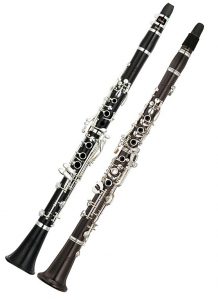
Flutes and recorders use a similar system.
Percussion instruments

Ukulele

01/15 Happy Martin Luther King, Jr. Birthday

- On January 15, 1929, Dr. Martin Luther King, Jr. was born.
- In 1955, at age 26, he was a leader in the Montgomery Bus Boycott.
- 1956-1963, Dr King was secretly investigated by the FBI.
- In 1963, at age 34, he gave his famous “I have a dream” speech in front of about 250,000 people who attended the March on Washington for Jobs and Freedom (other speeches can be found here).
- In 1968, King was assassinated, at age 39.
- In 1981, California declared King’s birthday a holiday.
- In 1983, Dr. ML King Jr.’s birthday was declared a national holiday.
- In 2011, a monument honoring him in opened in Washington, DC.
As we live through these sometimes difficult times, let us remember the amazing growth our nation has made.

01/06 PotU Introduction to energy
Today’s slides on energy can be viewed here.
[pdf-embedder url=”https://learnphysics.trampleasure.net/wp-content/uploads/2020/01/PotU-Energy-2020-01-06.pdf”]
12/13: PotU Fall finals review
The final will focus on your lab skills: Collecting and analyzing data from an experiment. The experiment will be individual.
If you have any questions now, please add them below so I can answer them before class…or spend time Tuesday going over the answers to them.

